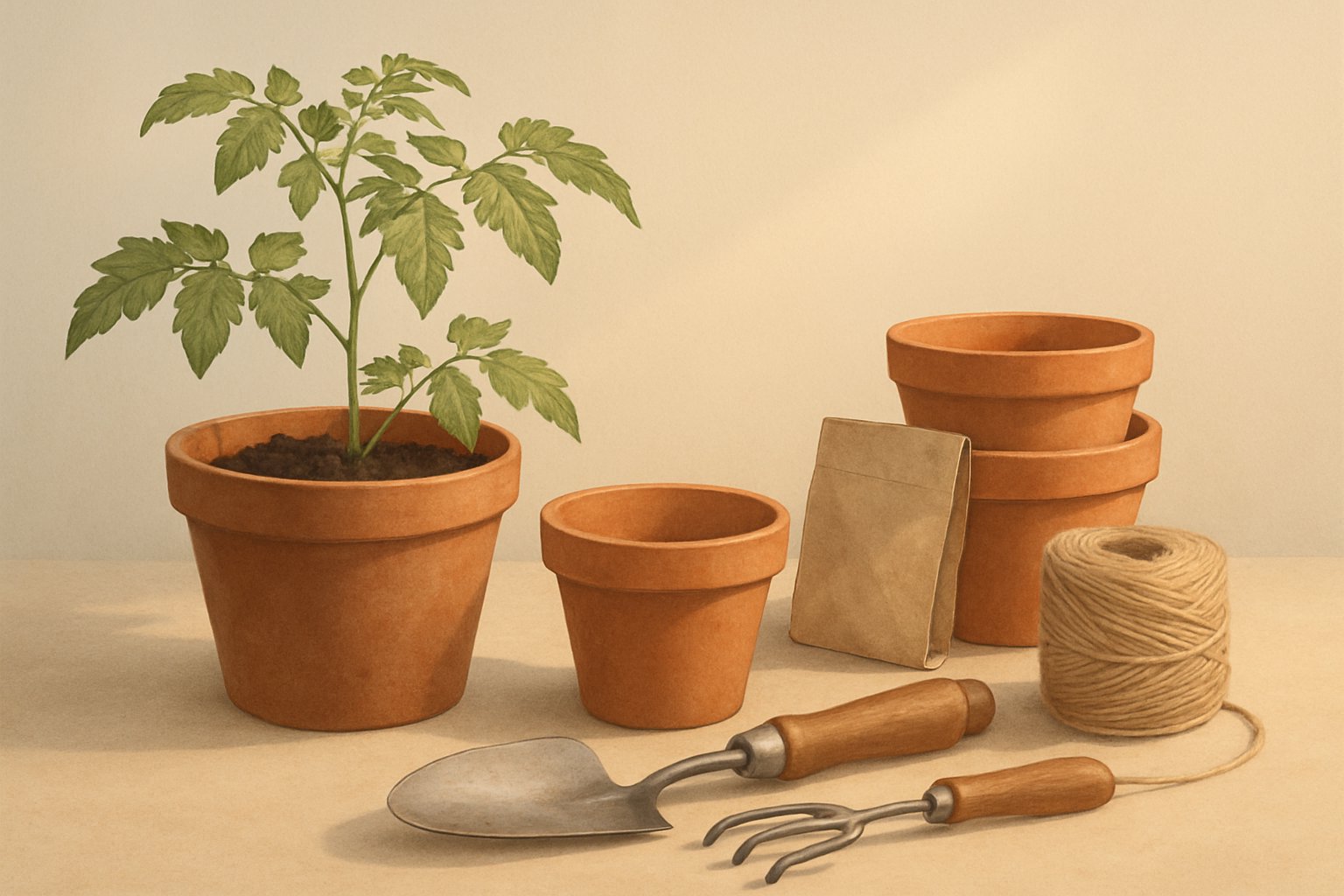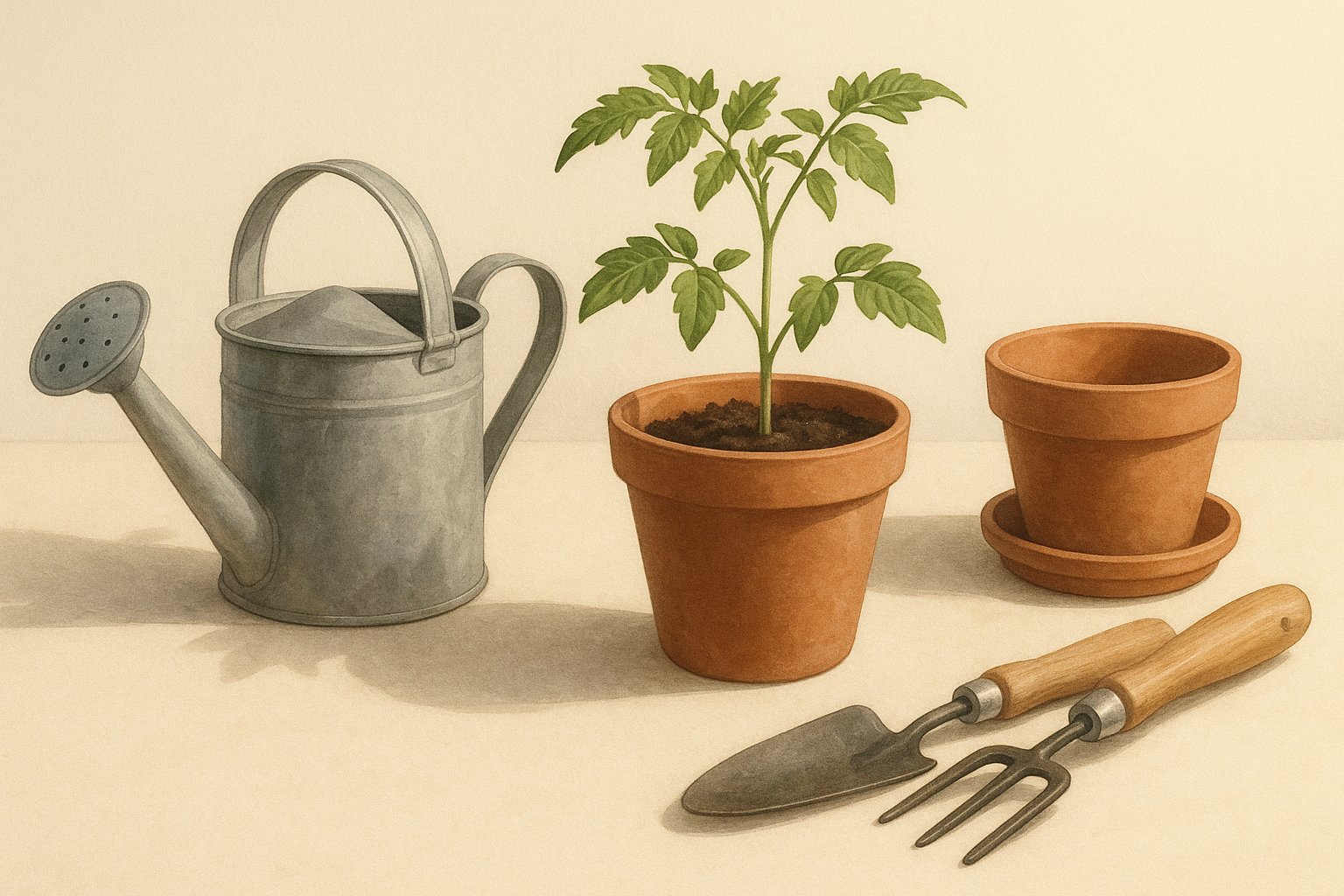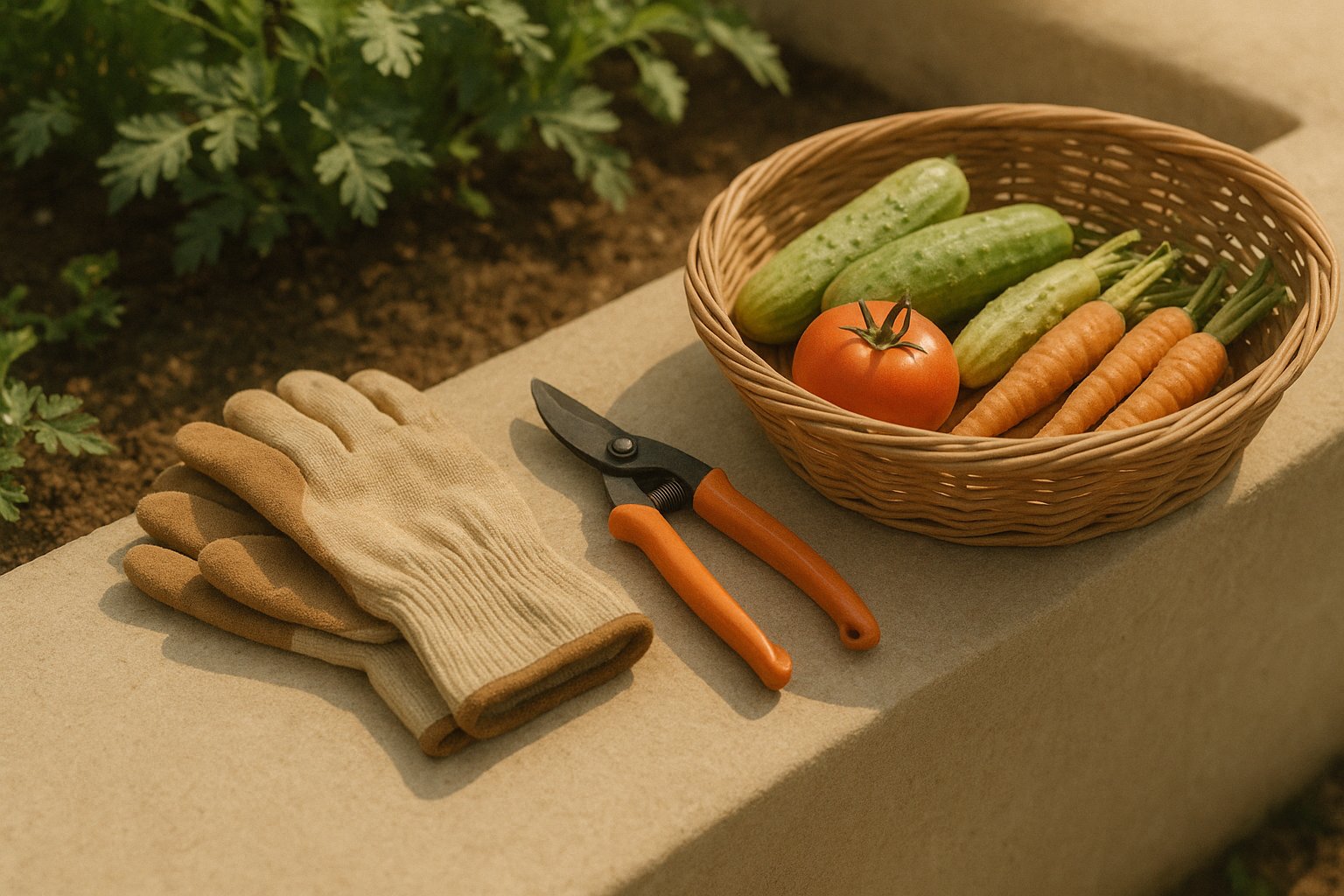Gardening on a Budget: A Perfect Retirement Hobby

Retirement opens up a world of possibilities for pursuing hobbies that bring joy, purpose, and fulfillment. Gardening stands out as an ideal choice for retirees looking to stay active, connect with nature, and create something beautiful without breaking the bank. With some creativity and smart planning, you can cultivate a thriving garden that enriches your retirement years while keeping costs remarkably low.
Why Gardening Is Perfect for Retirees on a Budget

Gardening offers retirees a unique combination of physical activity, mental stimulation, and tangible rewards. Unlike expensive hobbies that require ongoing investments, gardening can be started with minimal funds and actually save you money over time. Fresh vegetables from your garden reduce grocery bills, while flowers and plants increase your property value and provide endless enjoyment.
The physical benefits of gardening are well-documented, offering low-impact exercise that keeps joints flexible and muscles engaged. Bending, digging, planting, and weeding provide natural movement that supports healthy aging without the cost of gym memberships. Best of all, you can work at your own pace and take breaks whenever needed.
Starting Your Garden Without Spending a Fortune
Beginning your gardening journey doesn’t require a large initial investment or fancy equipment. Many successful gardens start with basic tools and free or low-cost materials that you can find around your home or community. The key is knowing where to look and being willing to start small and expand gradually.
Consider starting with container gardening if you’re working with limited space or want to test the waters before committing to a full garden bed. Plastic containers, old buckets, or wooden crates can serve as excellent planters when properly prepared with drainage holes. You can often find these items for free or purchase them inexpensively at dollar stores or thrift shops.
For those ready to create in-ground beds, skip the expensive raised bed kits and build your own using reclaimed wood or cinder blocks. Many construction sites discard usable lumber, and posting on community boards often yields free materials from neighbors completing home projects. Simple rectangular beds are easy to construct and require only basic tools you likely already own.
Essential Budget-Friendly Gardening Tools
You don’t need a shed full of specialized equipment to maintain a productive garden. A few quality basics will serve you well for years to come. Focus on acquiring these fundamental tools first, then add specialty items only as specific needs arise.
Core tools every budget gardener needs:
- A sturdy hand trowel for planting and transplanting
- A garden fork or spade for turning soil
- Pruning shears for trimming and harvesting
- A watering can or basic hose attachment
- Garden gloves to protect your hands
- A rake for leveling soil and gathering debris
Purchase these items during end-of-season sales at hardware stores, or check garage sales and online marketplaces for gently used options. Many retirees find excellent gardening tool sets at estate sales where entire collections are sold at fraction of retail prices. Quality tools maintained properly will last decades, making them a worthwhile investment even on a tight budget.
Getting Plants and Seeds for Pennies

Seeds and plants represent an ongoing expense, but savvy gardeners know numerous ways to stock their gardens without spending much. Seed swaps, plant divisions, and strategic shopping can fill your beds with minimal financial outlay. Learning to propagate your own plants from cuttings eliminates the need to purchase new specimens each season.
Start by joining local gardening groups or online communities where members regularly exchange seeds and plant divisions. Many libraries now host seed libraries where you can “borrow” seeds, grow the plants, and return seeds from your harvest for others to use. This creates a sustainable cycle that costs nothing while connecting you with fellow gardening enthusiasts.
Heirloom seed packets purchased from budget retailers or online suppliers cost just a dollar or two and produce plants that you can save seeds from year after year. Unlike hybrid varieties, heirloom plants produce seeds that grow true to type, meaning your initial investment continues paying dividends indefinitely. Store saved seeds in labeled envelopes in a cool, dry place for next season’s planting.
Creating Your Own Compost and Soil Amendments
Healthy soil is the foundation of any successful garden, but purchasing bags of compost and fertilizer quickly becomes expensive. Creating your own compost transforms kitchen scraps and yard waste into nutrient-rich soil amendment at zero cost. This sustainable practice reduces waste while improving your garden’s productivity dramatically.
Set up a simple compost bin using wire fencing, wooden pallets, or a purchased tumbler-style composter. Add vegetable scraps, coffee grounds, eggshells, grass clippings, and fallen leaves in layers, keeping the pile moist and turning it occasionally. Within a few months, you’ll have rich, dark compost that rivals anything available at garden centers.
Supplement your compost with other free amendments found around your property. Crushed eggshells add calcium, coffee grounds provide nitrogen, and wood ash from fireplaces contributes potassium and raises soil pH. These kitchen and household byproducts become valuable resources when viewed through a gardener’s lens.
Water-Saving Strategies That Reduce Costs
Water bills can significantly impact your gardening budget, especially during hot summer months when plants need frequent watering. Implementing water-conservation techniques keeps your plants healthy while minimizing utility costs. Smart watering practices also reduce the time you spend on garden maintenance.
Install rain barrels beneath downspouts to capture free water from your roof during storms. A single inch of rain on a 1,000-square-foot roof yields over 600 gallons of water—more than enough to sustain a substantial garden through dry spells. Rain barrels range from simple repurposed food-grade drums to decorative models that complement your landscape.
Mulching around plants with grass clippings, shredded leaves, or wood chips dramatically reduces water evaporation from soil. This protective layer keeps roots cool, suppresses weeds, and breaks down over time to improve soil quality. Most mulch materials are available free from your own yard or from municipal composting facilities that offer residents complimentary mulch.
Growing Food to Offset Grocery Expenses
Vegetable gardening transforms your hobby into a money-saving venture that produces fresh, organic food for your table. Even a small garden plot can yield hundreds of dollars worth of produce throughout the growing season. Focus on crops that are expensive at the grocery store or that you consume regularly for maximum savings.
Tomatoes, peppers, lettuce, and herbs offer exceptional returns on minimal investment and space. A single tomato plant can produce 10-20 pounds of fruit, while herb plants provide continuous harvests all season from one small pot. Succession planting of lettuce and other greens ensures a constant supply of salad ingredients from spring through fall.
Preserve your harvest through freezing, canning, or dehydrating to extend the benefits of your garden year-round. A basic food dehydrator or canning supplies represent a one-time purchase that enables you to enjoy your garden’s bounty during winter months. These preservation methods are simpler than many people realize and provide immense satisfaction along with practical benefits.

Conclusion
Gardening offers retirees an enriching hobby that nurtures both body and soul while respecting budget constraints. By starting small, utilizing free resources, and learning basic skills, you can create a beautiful and productive garden without significant financial investment. The rewards extend far beyond the monetary savings—gardening provides purpose, gentle exercise, stress relief, and the deep satisfaction of nurturing life. Whether you’re growing flowers for beauty, vegetables for your table, or simply enjoying time outdoors, budget-friendly gardening proves that the best things in retirement don’t have to be expensive. With patience, creativity, and a willingness to learn, your garden will flourish alongside your retirement dreams.
